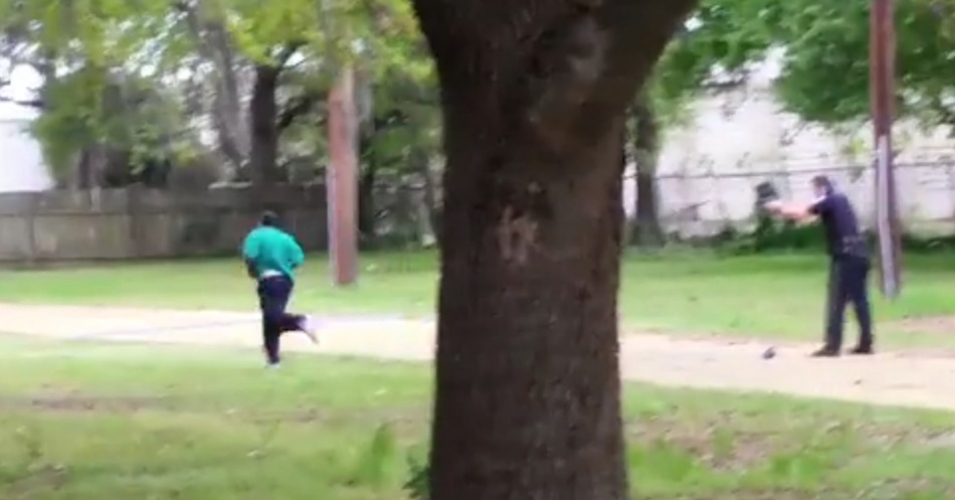
A white former police officer, caught on video as he shot dead a Black man fleeing a traffic stop in South Carolina, has been charged with a federal civil rights offense that could send him to prison for life, U.S. prosecutors said Wednesday.
Ex-North Charleston patrolman Michael Slager, 34, used excessive force and had no legal justification when he fired eight times at Walter Scott’s back on April 4, 2015, a federal grand jury found.
A three-count indictment also charged Slager with using a gun while committing the civil rights offense and obstructing justice by intentionally misleading state investigators probing the fatal shooting. He previously was charged with murder in state court.
The shooting in North Charleston drew national attention amid concerns about the police use of force against people of color in cities across the United States.
“What happened today is that the federal government said it stops now,” Scott family lawyer Chris Stewart said outside the federal courthouse in Charleston, where Slager pleaded not guilty to the new charges. “Police brutality stops now.”
It is rare for a law enforcement officer to be charged with criminal deprivation of civil rights in federal court, said Philip Stinson, an associate professor of criminal justice at Bowling Green State University in Ohio.
His research found that only 1.7 percent of officers arrested between 2005 and 2011 for alleged crimes were charged with the violation.
Lawyers representing Slager said the “unprecedented step” by the Justice Department seemed “very extreme.”
“It really feels as if Officer Slager is carrying the burden of many past cases that were handled differently,” the Savage Law Firm said in a statement.
Slager faces a possible punishment of life in prison after prosecutors said they would not seek the death penalty. A magistrate judge said he could remain free on bail but must wear an electronic monitoring device.
Scott’s death was one of several high-profile incidents in 2015 that fueled a debate over how police use lethal force.
Video footage of the shooting, captured by a witness’s cellphone, was widely seen on cable news and social media.
Watch the unedited video:

